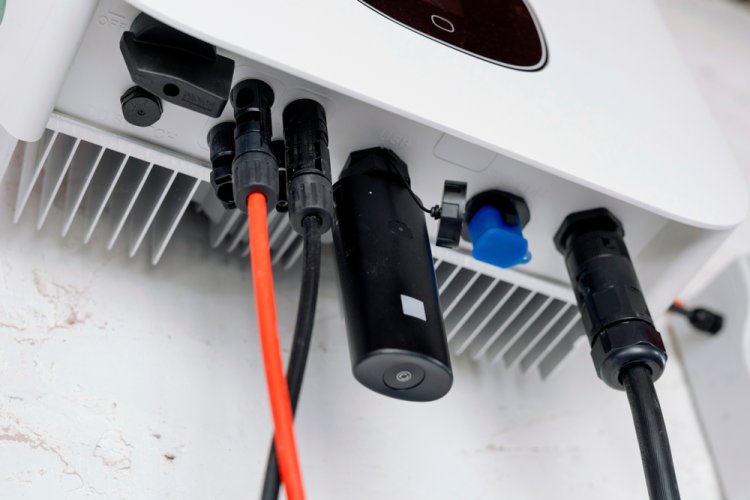The Ultimate Guide to Surge Suppressors for IT Hardware
Discover everything you need to know about surge suppressors, how they protect IT hardware, and why they are essential for computer hardware longevity.

In the world of IT hardware and computer hardware, power protection is an often-overlooked aspect of system maintenance. A surge suppressor is a crucial device that safeguards electronics from voltage spikes and electrical surges. Whether you're managing a small home office or a large-scale data center, investing in quality surge protection devices can extend the lifespan of your equipment and prevent costly downtime.
How Surge Suppressors Work
A surge suppressor functions by diverting excess voltage away from connected devices, ensuring that only the necessary power reaches them. The key component inside these devices is the metal oxide varistor (MOV), which absorbs excessive voltage and neutralizes it before it can damage IT hardware.
Key Features of Surge Suppressors
-
Joule Rating: Indicates the energy absorption capacity.
-
Clamping Voltage: The voltage level at which the suppressor activates.
-
Response Time: Determines how quickly the device reacts to a surge.
-
Number of Outlets: Ensures sufficient connectivity for multiple devices.
-
Indicator Lights: Show the operational status of the device.
Why Surge Suppressors Are Essential for IT Hardware
IT infrastructure relies heavily on stable power. Here’s why surge suppressors are indispensable:
-
Protection Against Power Surges: Computers, servers, and networking equipment are vulnerable to voltage fluctuations.
-
Prevention of Data Loss: Unexpected power surges can corrupt data or damage storage devices.
-
Extended Lifespan of Equipment: Reducing stress on internal components enhances durability.
-
Cost Savings: Avoid expensive repairs and hardware replacements.
Choosing the Right Surge Suppressor for Your Needs
Selecting a surge suppressor depends on the type and scale of the IT hardware setup. Here are the key considerations:
1. For Home Offices
-
A basic surge protector power strip with multiple outlets is sufficient.
-
Look for at least a 600-joule rating for adequate protection.
2. For Small Businesses
-
A higher joule rating (1000-2000) ensures protection for computers and printers.
-
USB and Ethernet protection options can safeguard network connections.
3. For Data Centers and Enterprises
-
Industrial-grade surge suppression with 3000+ joule rating is necessary.
-
Rack-mounted and uninterruptible power supply (UPS) integration is recommended.
Common Myths About Surge Suppressors
Myth #1: Any Power Strip Offers Surge Protection
Not all power strips have built-in surge protection. Look for the joule rating and clamping voltage specifications.
Myth #2: Surge Suppressors Last Forever
Over time, the MOV inside a surge suppressor degrades. Regular replacement every 2-3 years is advisable for optimal protection.
Myth #3: Higher Joule Rating Equals Perfect Protection
While a higher joule rating is beneficial, layering UPS systems and voltage regulators enhances overall power security.
Conclusion: Invest in Quality Surge Protection
As IT infrastructure continues to evolve, ensuring proper power protection is non-negotiable. Whether you're safeguarding computer hardware in an office, home, or data center, a reliable surge suppressor is a small investment that prevents major financial and operational losses. By choosing the right device and maintaining it properly, you can keep your electronics safe and functional for years to come.
What's Your Reaction?
















